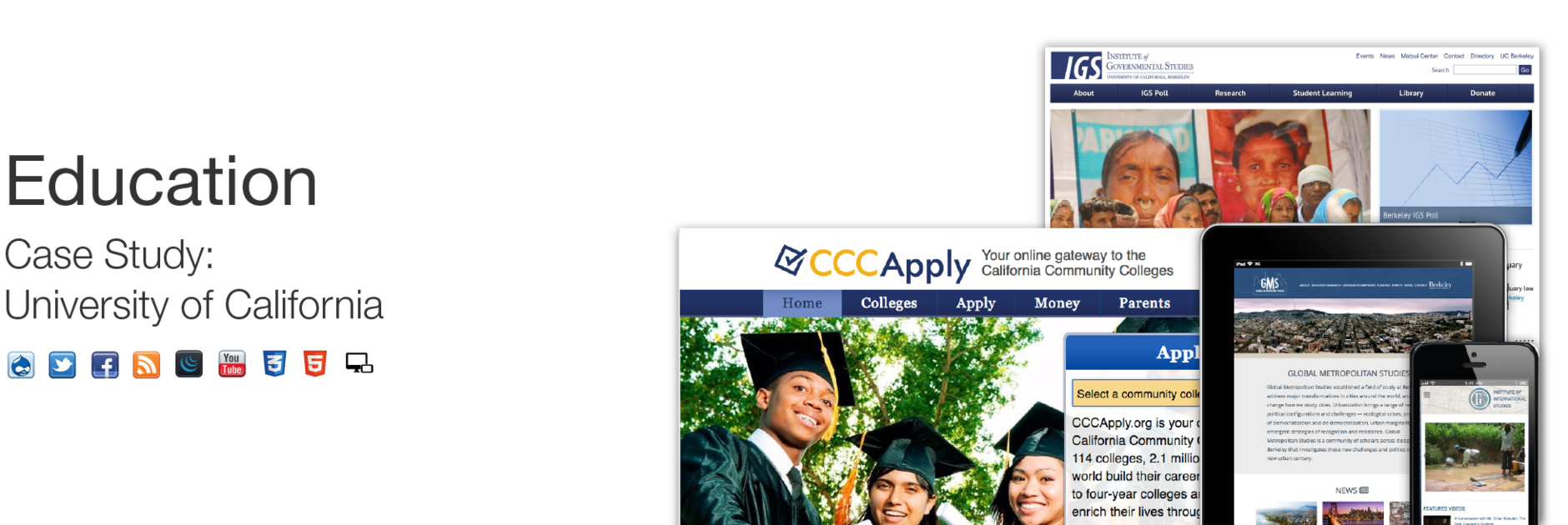Education
Overview
Technological and cultural shifts are dramatically changing education, including how teachers engage with learners and what they teach. As emerging technologies offer new possibilities for remote and interactive learning, educators and administrators continue to seek to effectively use more established technologies as well.
Core Issues
- Advances in digital technologies have profoundly changed how we interact with content and each other, opening up new opportunities and questions about how to best integrate technology and education.
- Educators lack opportunities for training in digital media literacy skills relative to other fields, creating barriers to using existing technologies in the classroom.
- A lack of awareness about in-demand technology — including mobile computing, e-publishing, open content, and data visualization — results in missed opportunities to engage learners in the educational field.
Our Approach
FivePaths works hard to combine the best of both emerging and established technology solutions, ones that are sustainable and offer lasting impact to the students and educators who use them. We focus on learning the needs of your primary and secondary audiences — including parents, students, administrators, and the public — and in employing technology that is most easily adopted by these groups. With experience working in university, community college, secondary, and primary school environments, we navigate bureaucracy to leverage existing resources, and to combine these with new and improved technologies and tools to support your academic goals.
Profile: University of California
Through its 10 campuses across California, the University of California offers world-class teaching, research, and public service. The university system provides a rich set of resources to benefit students’ lives, as well as to help improve faculty and administrative effectiveness.
Challenges
Many of the web and data systems that both larger and smaller UC organizations use are outdated, failing to serve basic and advanced needs of its faculty, students, and administrators. University departments and divisions we work with throughout the University of California system face challenges in identifying, evaluating, and selecting the best mix of technology solutions available from internal campus resources and off-campus suppliers, and seek project management and implementation support to best reach their goals.
Solutions and Impacts
FivePaths’ provides technology strategy and implementation services to support a wide range of needs. Projects have included website redesign and development, database and CRM planning and implementation, software evaluation, strategic technology planning, technology team development, workshops and training, and internal campus business-to-business consulting.
We have replaced static, hard-to-update websites with dynamic and open-source Content Management Systems that provide straightforward, easy-to-learn tools for managing large amounts of content with few available staff resources. We integrated campus websites and Constituent Relationship Management systems with available campus services, such as central LDAP directories, user authentication services, and more. We have leveraged campus style guidelines, diversity goals, accessibility and security requirements, internal IT services to build websites that can be supported by a combination of staff and on-campus resources.
Campus departments have worked with FivePaths on document-management and digitization projects. We developed efficient work processes, overseeing the integration of imaging, conversion, cataloging, storage, networking, and document-retrieval software, in a process that saved departments time (and trees) when managing critical files. We provided project management and implementation services, including: working with imaging vendors; selecting the most compatible imaging hardware; optimizing files with third-party software; developing cataloguing software; and providing workshops and trainings (both at the department and campus-wide level) to support successful adoption of these technologies and processes.
